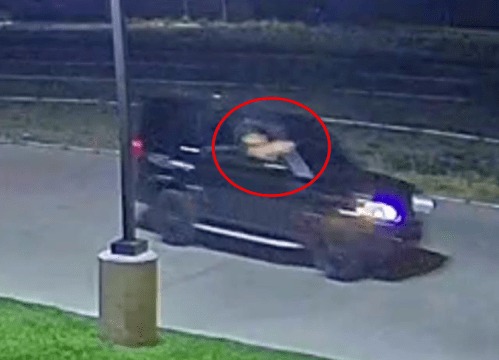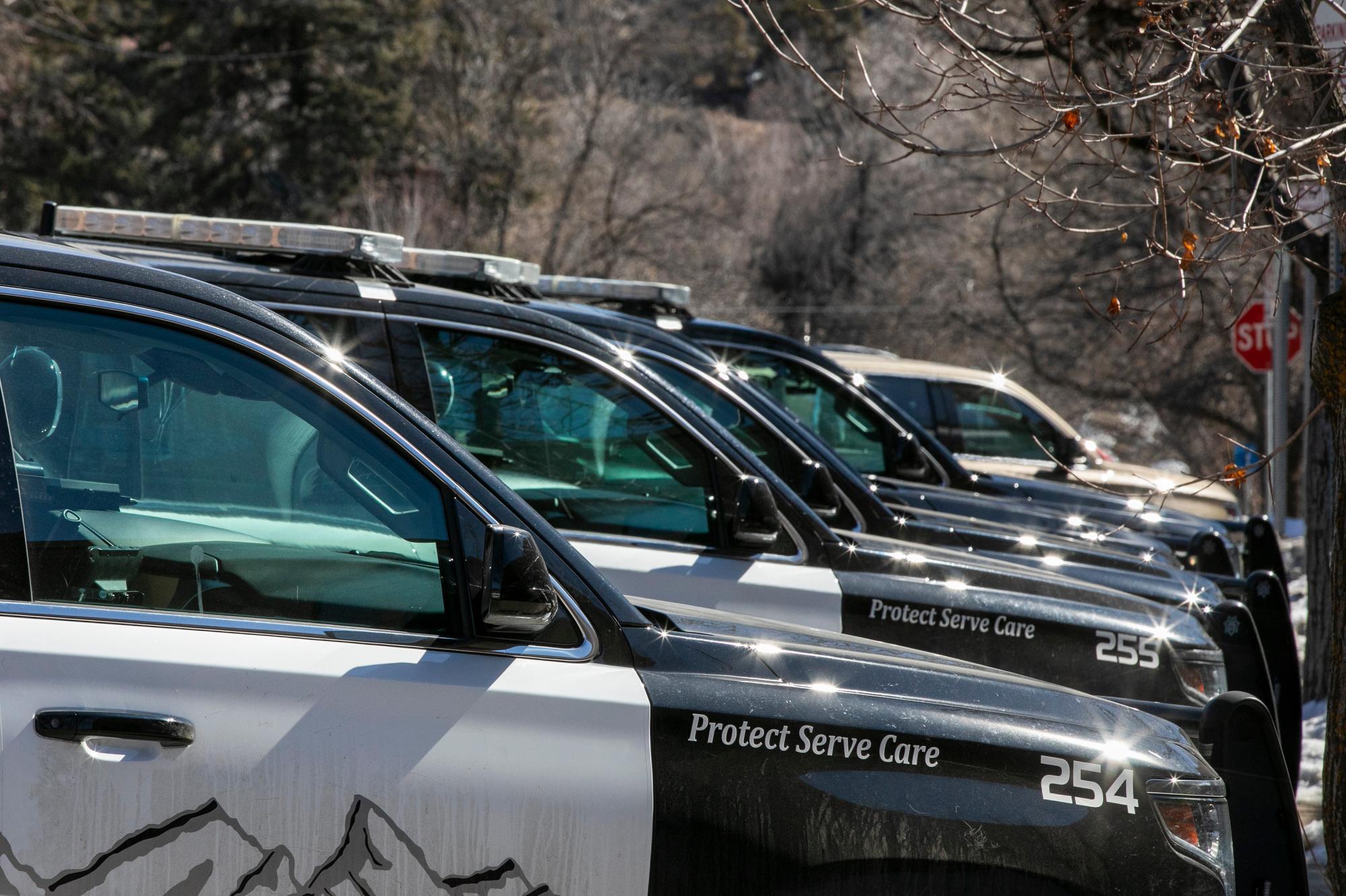The puppy Milo wasn't like the others.
While an eight-week-old should be running around and generally frolicking, Milo was limited to a slower pace, getting around with something akin to a forearm scooch.
The beagle and coon hound mix was born with a congenital dislocation of the elbows which forced both of his front paws to face upward instead of down.
"With both elbows out of joint, Milo was unable to walk. Try as he may, the best he could do was an inefficient and seemingly uncomfortable 'army crawl,' " Erik Clary, associate professor of small animal surgery at the Oklahoma State University Center for Veterinary Health Sciences, told the school's press office.
Clary and his team performed corrective surgery on Milo on Jan. 9, after the pooch was turned over to an animal rescue organization. In nearly 30 years of performing surgeries, Clary said he's only seen three patients with Milo's rare condition, needing surgery that's "very complicated," he said.
"For each of his elbows, we had to go into the joint and restore the alignment. Then we placed a pin across the joint to keep it straight while his growing bones continue to take shape and his body lays down the internal scar tissue that will be needed for long-term stability," he explained.
Milo is now an orange, front body cast that prevents him from using his front legs. He'll be in it for about three weeks and then, Clary said, they'll take out the pins. "The hope is that by that time his body will have done what it needs to do to keep the elbows stable," he said.
After that, Milo is in for intensive rehabilitation therapy where he will learn how to walk.
"It's going to be a long haul," Clary cautioned. "But if his elbows stay in place for the first three weeks after splint removal, he's got a good chance of losing the army crawl and being able to walk as dogs should."
9(MDEyMDcxNjYwMDEzNzc2MTQzNDNiY2I3ZA004))







